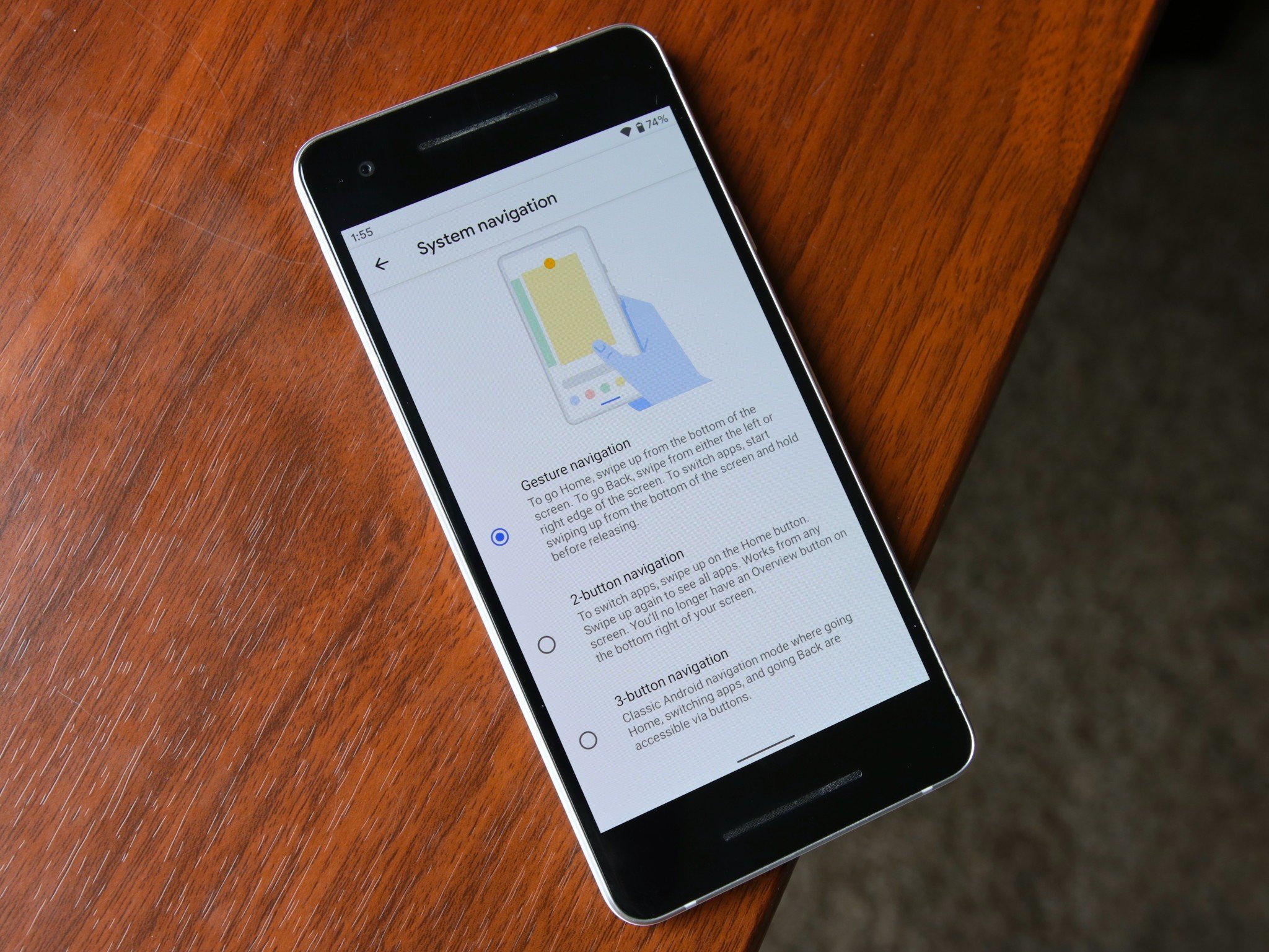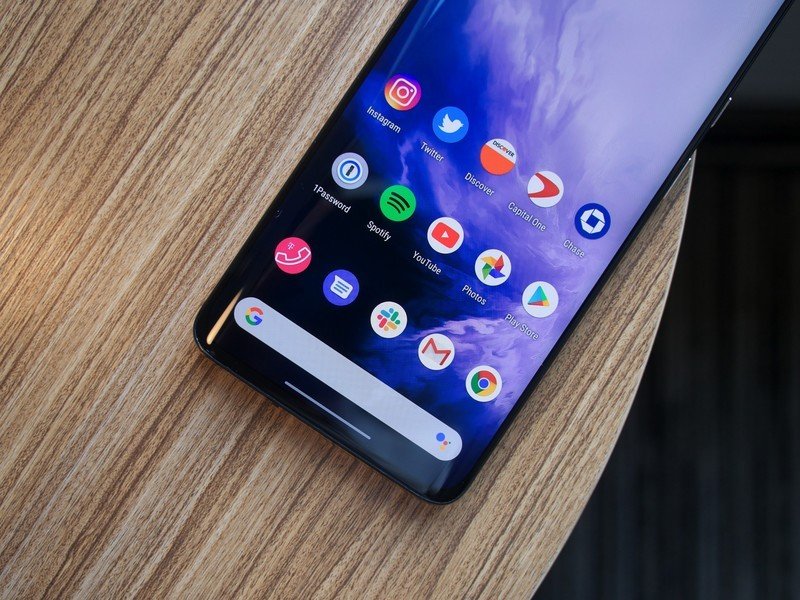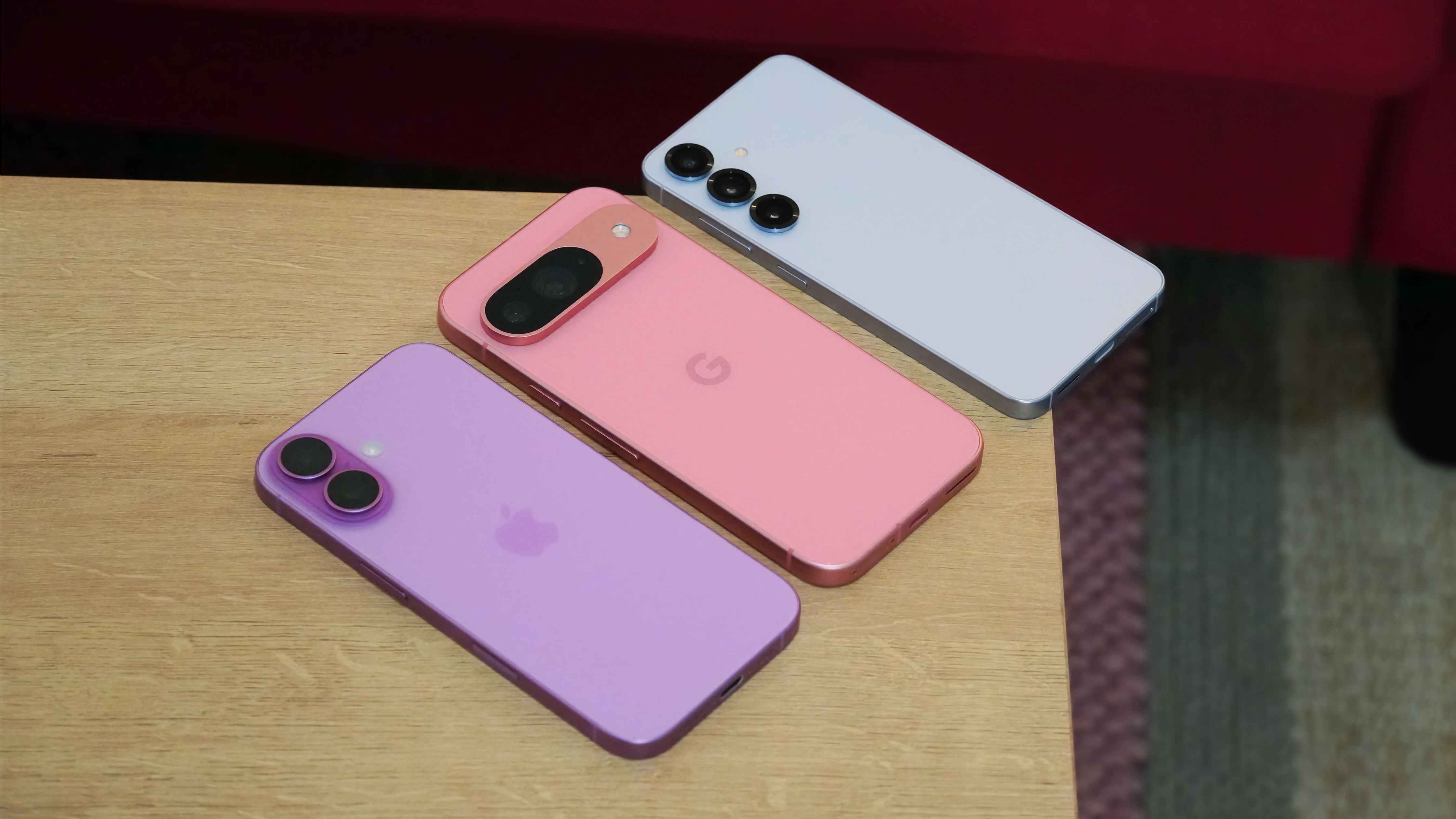Google is fixing Android 10 gestures once and for all in 2020

What you need to know
- Google is using its service agreements as leverage to force gesture conformity.
- Tweaked 'back' gesture will include screen space allocation for swipe-in menus and Edge Panels.
- Gestures will finally work properly with third-party home screen launchers in the near future.
Ever since vendors started cooking up their own solutions for gestural navigation a few years back, the landscape has become convoluted and confusing for users and developers alike. Google is looking to clear that up for everyone with a handful of new guidelines for smartphone vendors. These will apply to all new Android phones launched after January 1, 2020.
We've already covered how Google will be making third-party navigation more difficult to enable out-of-the-box, but there's a lot more to these new gesture requirements than Google outright banning something.
When it comes to user interface elements, there are lots of things fighting for screen real estate. Aside from navigation gestures, we've seen plenty of other swipe-inward actions appear over the years, most notably from Samsung. The Edge Panel, as debuted on the Galaxy Edge devices some years ago, appears when users swipe inward from the curved glass edge. This conflicts with Google's design of swipe-in from the side to navigate back and, thus, Google has mandated that such features only reside on the top 1/3 of the screen in the future.
This effectively fixes the issue many had with Android 10's gestural navigation, as the top 1/3 of the screen would be reserved for other actions. This includes special vendor features like the Edge Panels as well as simply pulling out the left-hand menu that many apps use. Google is also providing a way to adjust how far inward users will need to pull for the back action to happen, so there's a bit of room for customization.

Gestures have been tied to the home launcher since Android 9 Pie debuted, and switching out your home screen launcher sometimes meant that gestural navigation was disabled entirely. Google is now recommending that vendors cease this practice and is even rolling out a fix for its own Pixel line to remove this behavior in the near future. That's music to the ears of many who love custom launchers and still want additional navigation choices.
Google is also changing up the requirement for calling up Google Assistant. Since Assistant launched some years back, the typical way to call for Assistant was to hold the home button. Since there's no home "button" in a gestural navigation environment, Google wants vendors to utilize its swipe-from-the-bottom-corners design. Assistant is one of Google's most important pillars of business, so it makes sense to see this being mandated.
For vendors who still implement their own version of gestures, Google will allow alternative ways of calling up Assistant. While these have to be individually reviewed and approved by Google, this still leaves a path for vendors to use additional physical buttons or gestures to call Assistant (hello OnePlus, Xiaomi, LG, and even the Pixel line).
Be an expert in 5 minutes
Get the latest news from Android Central, your trusted companion in the world of Android
What does it all mean? Gestures are clearly the future in Google's view, and it wants to make sure that gestures don't mean more confusion for users and developers. Google also doesn't want to remove the possibilities that choice brings and, as such, is continuing to allow ways for vendors and users to utilize their own navigation gestures and home screen launchers as they see fit.
Android 10 gesture FAQ

